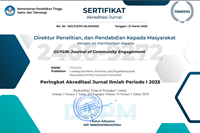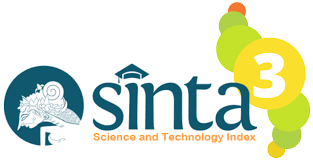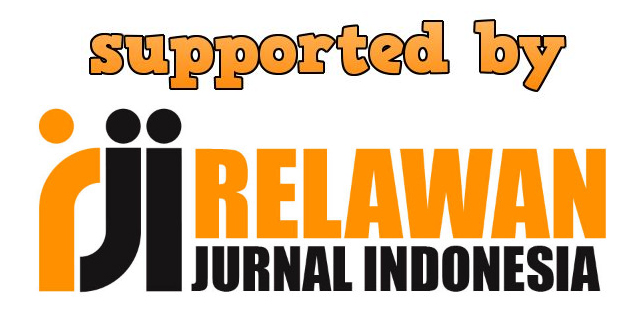Pemanfaatan Midjourney untuk Bahan Bacaan Anak Ramah Lingkungan Berbasis SDGs di Sekolah Dasar
Authors (s)
(1) * Adelia Savitri

 (Universitas Pembangunan Nasional Veteran Jawa Timur)
(Universitas Pembangunan Nasional Veteran Jawa Timur) Indonesia
(2) Zahro Rokhmawati (Universitas Pembangunan Nasional Veteran Jawa Timur)
Indonesia
(3) Patricia Elsa M. W (Universitas Pembangunan Nasional Veteran Jawa Timur)
Indonesia
(4) Achmad Hadid Rafly P. R (Universitas Pembangunan Nasional Veteran Jawa Timur)
Indonesia
(5) Lungit Kusuma Ningrum (Universitas Pembangunan Nasional Veteran Jawa Timur)
Indonesia
(*) Corresponding Author
AbstractEnvironmental education for children is inseparable from the role of teachers in schools. However, challenges remain in providing children’s reading materials with environmental themes. In addition, the use of digital technology to support the illustration process is still limited. To address these challenges, artificial intelligence (AI) tools such as Midjourney can serve as an effective solution. Midjourney is an AI-based platform that facilitates the creation of high-quality illustrations for children’s storybooks. This community service program aimed to equip teachers with the skills to write children’s stories, particularly focusing on the environmental pillar of the SDGs, while also utilizing AI technology to produce engaging illustrations. The method employed was a participatory approach, which actively involved teachers in the training process of story writing and illustration development. The participants were engaged in determining story topics, preparing prompts for illustrations, and designing the layout of the draft book. As a result, out of 20 participants, 10 were selected for producing the best writings that met the criteria for children’s books. These selected teachers were also able to generate illustrations through Midjourney. Furthermore, questionnaire results indicated that 60% of participants “Agreed” and 40% “Strongly Agreed” that the program aligned with their teaching material needs and could be effectively utilized as a learning medium in schools. In conclusion, this program has tangible implications in enhancing the competencies of elementary school teachers in Pasuruan City to develop educational children’s reading materials. The teachers not only acquired technical skills but also learned to integrate SDG values into learning media in a creative way, thereby fostering contextual and enjoyable learning experiences for students.
|
Keywords
Children’s Reading Materials; Environment; Illustration; Midjourney; SDGs
Full Text: PDF
Refbacks
- There are currently no refbacks.
Copyright (c) 2025 Adelia Savitri, Zahro Rokhmawati, Patricia Elsa M. W, Achmad Hadid Rafly P. R, Lungit Kusuma Ningrum

This work is licensed under a Creative Commons Attribution-ShareAlike 4.0 International License.
This journal is licensed under

Creative Commons Attribution-ShareAlike 4.0 International License.








.png)

